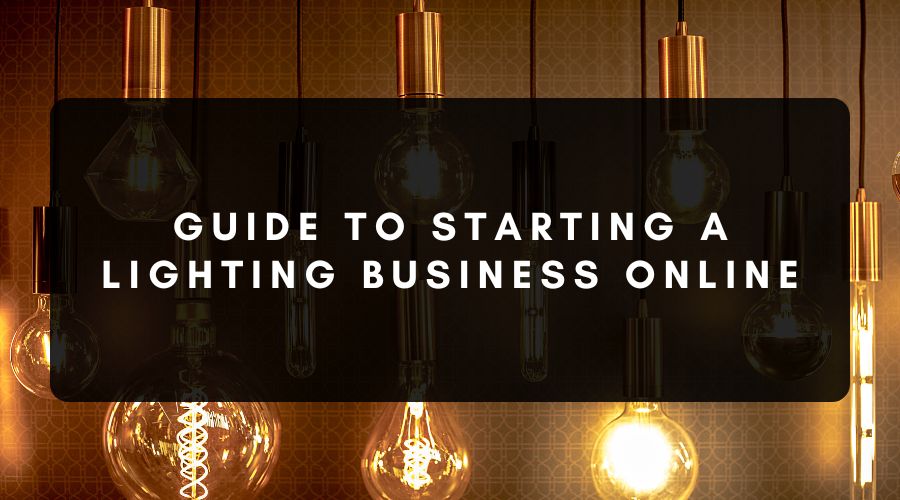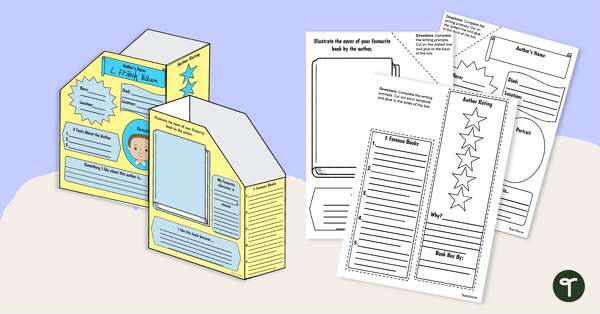Are you trying to set up an ecommerce business from a relatively small country? Have you tried to sell online but given up because your location is just “too hard”? If you’re NOT located in the US, Canada, Australia, or the UK, this article might be just the thing you need.
Sometimes it feels like there is so much more to figure out when you’re selling from a smaller location. We often get questions like these:
“How do I import goods when my location is so small and difficult to import into?”
or
“How can I expand my business when I sell in such a small country?”
Not being located in a large market can seem disheartening and unfair, but you know what? It doesn’t have to be.
Plenty of people from smaller countries like New Zealand or Norway, and many others have had success with ecommerce. There are problems, but there are also solutions that make those problems go away and make selling possible and profitable. Let’s discuss how to make those problems go away for you.
How to import when no one wants to export to you
As a seller in a smaller country, it can seem very tricky to try to import goods into the country when most suppliers say no.

If you can’t bring products into the country, how are you going to ever start selling?
Don’t panic. There might just be a way around. Let’s take a look at some of the most common problems you might face when trying to import:
The problem: Suppliers won’t ship to you
You’ve found the ideal product and a reliable supplier, but they’re unable to ship to your location.
Now what?
The solution: Use third-party logistics
Use a service like Amazon FBA or other third-party shipping logistics warehouses to take care of this for you. You can get the products shipped to the third party and they can handle the stock and shipping logistics for you.
Amazon has fulfillment centers around the world. So, your supplier would simply have to send your products to your selected fulfillment center for you to start selling.

If you prefer a non-Amazon option, here are some third-party service providers you can check out:
- Shipwire
- Shippit
- ProPack
- Synergy Retail Support
- Bray Solutions
The problem: Suppliers won’t accept payments from your location
For security reasons, suppliers sometimes will only accept payments from certain countries or regions. Fair enough, but this can make things difficult for sellers like you who want to start their ecommerce business but aren’t in an “ideal” location.
What do you do?
The solutions
We have two suggestions for your problem:
1. Use PayPal
Often, suppliers will not accept credit cards from certain locations but are open to PayPal payments. Ask your supplier if this is an option, as this is a very convenient and safe payment method—both for you, and for the supplier.
2. Get a U.S. Credit Card
Did you know that you can get a reloadable card with a U.S. billing address? It’s completely legitimate and is a great workaround for this problem. As most suppliers will usually accept an American card, this would be a great card to use to make your payments to suppliers.
Check out US Unlocked to see how you can apply for one.
The problem: Taxes and import duties are too high
Many countries have very high import duties and taxes on products coming into the country. This can make online selling seem prohibitively expensive—but that’s not necessarily the case.
The solution: Use a third-party service
Thanks to third-party logistics, setting up an online selling business is now so much easier than ever before.
Like we mentioned above, you don’t have to import goods to yourself personally. You could always sign up to Amazon FBA or a different third-party service and have your products shipped to their warehouse.
Some of your third-party options include:
- Shipwire
- Shippit
- ProPack
- Synergy Retail Support
- Bray Solutions
This way, you won’t have to pay the expensive duties and taxes levied by your local government.
Pro Tip: Choose a third-party service that is located where most of your customers are. Meaning, if you’re selling mostly to American customers, choose a warehouse in the U.S. This will also have other benefits such as faster (and cheaper) shipping logistics and be more cost effective in the long run.
How to sell online from a smaller country
Right, so importing is one part of the problem. The other issue many sellers face is actually making sales when you’re in a smaller country, i.e., one that doesn’t have a huge population or online shopping audience. Setting up an online shop in a smaller country can feel like an uphill task.
Let’s take a look at some of the most common selling issues you might face:
The problem: Competition from international sellers
Online shopping has put the world at the buyer’s fingertips. This is great for them but for someone like you, trying to sell online, it can make things way too competitive.

What then?
The solution: Sell locally
If selling to the international market is becoming unsustainable, set your sights on selling locally instead. Focus on building your brand within your local market and selling your products only within your region.
You might find that buyers are more willing to purchase from a seller in their own country, rather than an international seller.
Here are some tips on how you can sell locally and edge out overseas competition:
- Differentiate your product
How is your product different from those of overseas sellers? Maybe you can offer items that are not so easily available outside your country? - Focus on quality
Maybe your point of differentiation is quality. Educate your potential customers about your products being of better quality than others. - Invest in advertising
You have to work hard to get your brand and product known among local buyers. Invest in advertising to get their attention. This could be small-budget Facebook ads, or you could even place ads in local publications and websites. Another idea is to try to sell your products on local platforms that aren’t easily accessible for overseas sellers. For example, you could sell on Trade Me in New Zealand or Finn.no in Norway. - Offer faster shipping
If your warehouse is located locally, you can offer much faster shipping logistics to your customers than overseas sellers. Capitalize on this by making sure your customers know that this is how you’re different. - Make payments easier
It can often be hard to purchase from overseas sellers when they don’t accept credit cards or don’t offer other payment options. For example, most Brazilians only use local payment methods (Boleto or Brazil-only credit cards) when they purchase online. This can be a roadblock when they try to purchase online from an overseas seller, but as a local seller, you can take advantage of this by making local payment options available to them. You could appeal to your local market by offering better, more commonly used payment options that overseas sellers are unaware of or unable to provide.
The problem: Not enough buyers in my local market
Some of you might have the opposite problem from the above—there just aren’t enough local buyers for your product. It might be because there isn’t enough demand locally or the population in your country is just not big enough for you to make a good profit from your store.

What should you do?
The solution: Expand internationally
If you think you’ve found a good product but the only thing holding you back is the lack of a big enough market, you should consider testing your product overseas.
Perhaps you could start by testing in a country nearby. For example, if you’re in Sweden, you could test selling your product in Denmark. Or, if you’re in New Zealand, you could test the Australian market. If this works, you could then continue to experiment with and expand to other international markets as well.
Don’t limit yourself to your country alone. Amazon FBA and other third-party shipping logistics services can make international selling easier and it doesn’t even have to cost a bomb.
The problem: Shipping is expensive
Shipping logistics from a country where eCommerce isn’t big yet can become expensive, and even more so if you’re selling to international customers and having to pay huge costs for shipping your products to them.
How can you save on costs?
The solution: Use third-party shipping logistics
Once again, a third party can be your savior. Some of your third-party options include:
- Shipwire
- Shippit
- ProPack
- Synergy Retail Support
- Bray Solutions
Amazon FBA can also take care of all your shipping logistics for you so once you make a sale, they will fulfill the order on your behalf. It is much cheaper than doing it yourself, and (bonus!) it saves you the hassle too. The cost of shipping a product usually ranges from $2 to $5.

You can also find other third-party shipping logistics providers who can offer you services similar to Amazon FBA and take care of shipping logistics for you.
The problem: Consumers don’t trust items from your country
Online shoppers are used to making purchases from countries such as the USA, the UK, Canada, or Australia. But, when they see a product coming from, say, Croatia, they might think twice. It’s an unfamiliar location for them and they’re not sure if they should trust it.

How_Facebook_Advertising_Benefits_Your_Business![]()
The solution: Make use of Amazon’s peputation
You can counter this problem by piggybacking on Amazon’s reputation. People trust Amazon and don’t hesitate to order from the platform.
Sign up for Amazon FBA to use this to your advantage. List your products for sale on the platform. Send your products to the Amazon fulfillment centers. When you make a sale, Amazon will take care of packaging and shipping your product to the customer.
You will make sales and the customer won’t care so much about where the product came from as long as Amazon makes sure they receive it. Win-win!
There’s no doubt that it’s much easier to sell online if you’re importing to or selling from a country like the USA. But what we always tell new sellers from smaller countries is that it’s not impossible. What might seem like a huge problem when you start out could actually be totally fixable.
Sure, there are more sellers in the bigger countries, but there are people around the world who are running successful ecommerce businesses—and most likely, some are from your country too.
Don’t give up just because your location seems “too hard.” Find a workaround and build the business you’ve been dreaming of!
Are you a seller based in a smaller country or a “too hard” location? What problems have you faced? If there’s anything we haven’t addressed above, leave us a comment and we’ll do our best to help.
I’m telling you about this, because I believe in giving information regarding PPC advertising
forward,
I don’t know how much longer people accepting new technology , so you had better check it out now if you can.
Just click the link below to get started:
Discover more from Personal Blog of Richard Tong
Subscribe to get the latest posts sent to your email.





하동동해출장만남 소자본 창업